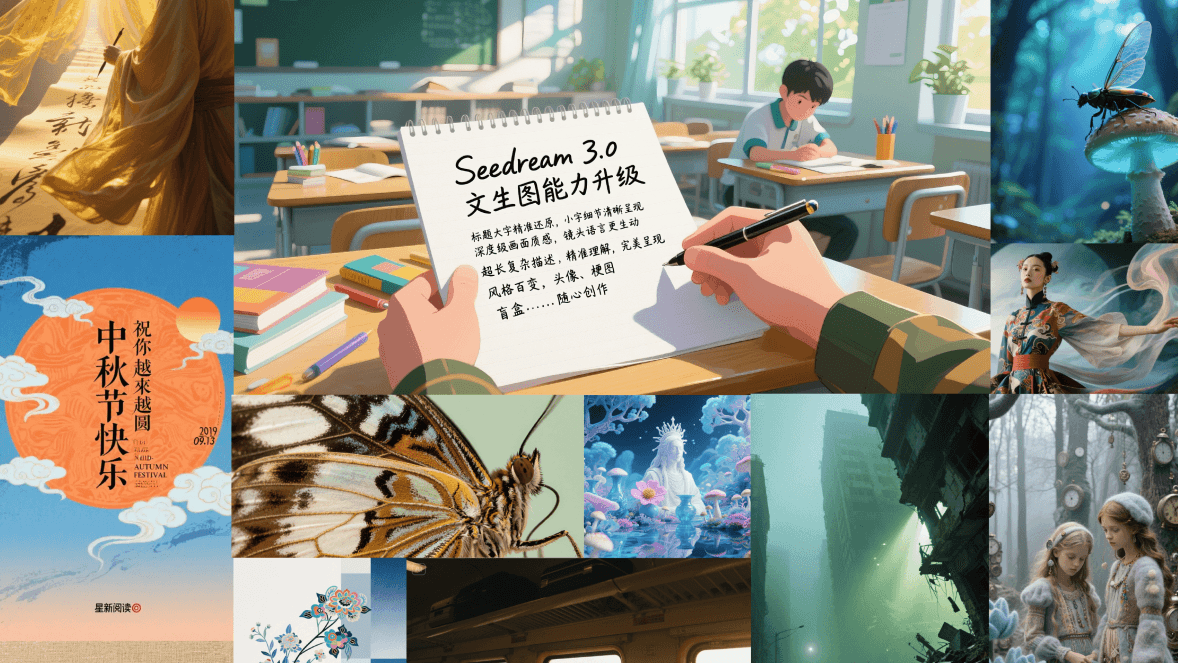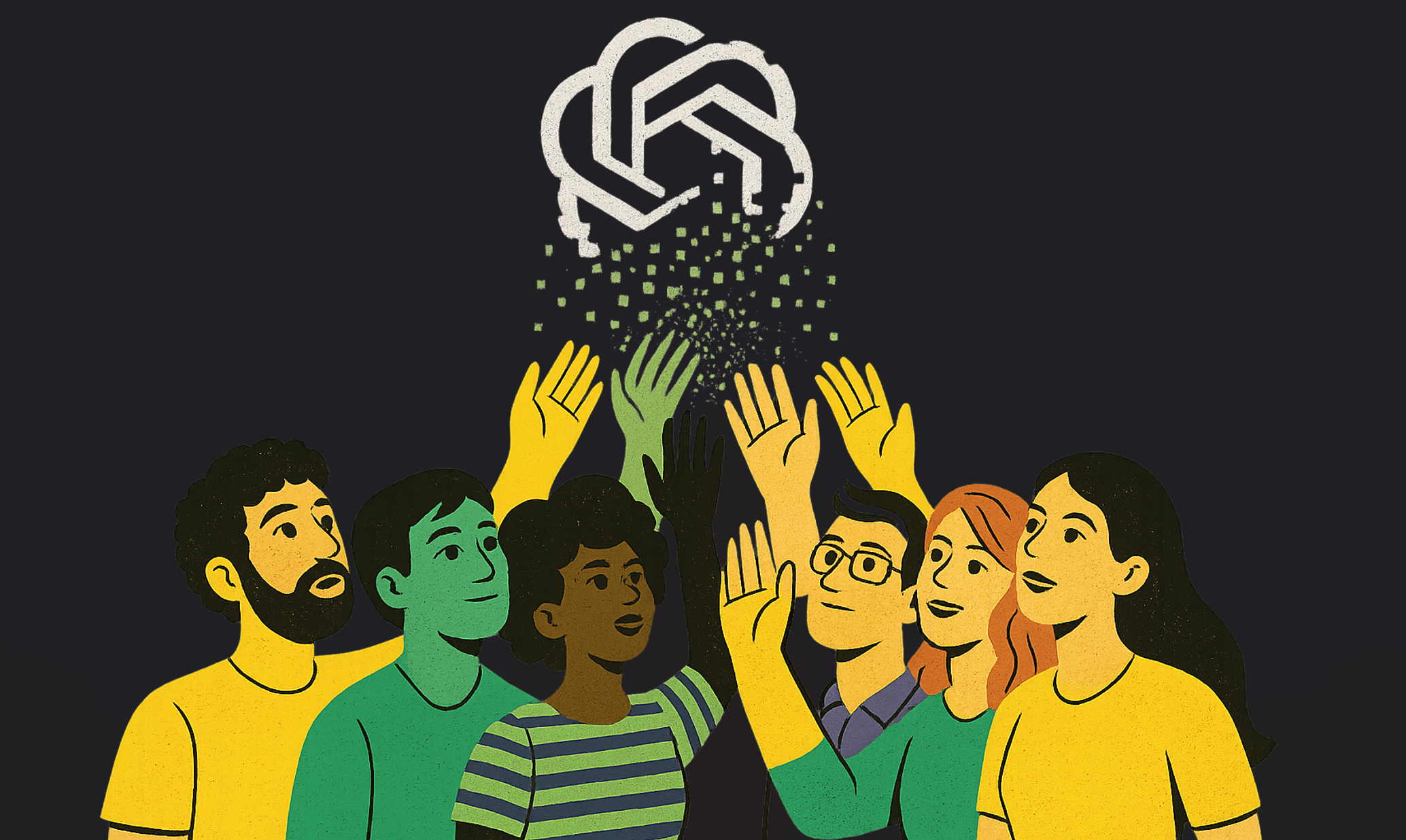Maximilian Schreiner
Max is the managing editor of THE DECODER, bringing his background in philosophy to explore questions of consciousness and whether machines truly think or just pretend to.
Read full article about: xAI adds memory feature to Grok chatbot for personalized responses
xAI has introduced a new memory feature for its Grok chatbot, allowing it to recall previous conversations and deliver more personalized responses for frequent users. The feature is currently in beta on grok.com and in the iOS and Android apps, but it is not available to users in the European Union or the United Kingdom. Users can delete individual memories directly within the chat interface, and the entire feature can be disabled through the privacy settings. According to xAI, integration of the memory feature into the Grok version on the X platform is planned. Similar memory capabilities have been available for some time in other language models, including OpenAI’s ChatGPT and Google’s Gemini. According to the official Grok account on X, users can view all stored information and remove specific items at any time.
Grok now remembers your conversations. When you ask for recommendations or advice, you'll get personalized responses. pic.twitter.com/UXhX7BjS57-
Grok (@grok) April 17, 2025
Read full article about: DocuSign to launch AI contract agents for analysis and risk detection
DocuSign plans to release AI-powered contract agents designed to analyze agreements, flag potential risks, and identify issues typically requiring human review. The U.S.-based company, which specializes in electronic signatures and digital contract management, offers software for online contract signing, management, and storage. The new AI agents will be integrated into DocuSign's Intelligent Agreement Management (IAM) platform, initially supporting procurement and sales processes. The system leverages the company's proprietary AI engine, Iris, which selects appropriate models based on specific use cases. DocuSign expects to make the first AI agents for sales and purchasing processes available by the end of 2025.
Read full article about: OpenAI developing social network similar to X, according to sources
OpenAI is developing a social network that multiple sources familiar with the matter say will resemble X. The project remains in an early stage, with an internal prototype focusing on ChatGPT's image generation capabilities and featuring a social feed. According to a report from The Verge, CEO Sam Altman has already sought feedback from outsiders on the concept. It remains unclear whether the network will launch as a standalone app or integrate as part of ChatGPT. Such a project would intensify Altman's rivalry with both Elon Musk and Mark Zuckerberg. One concept behind the prototype is that AI could help people share better content. Additionally, a social network would provide OpenAI with its own real-time data for training AI models, similar to what X and Meta already possess.
Read full article about: Microsoft brings "Computer Use" for Copilot Studio
Microsoft has launched "Computer Use" for Copilot Studio as an early research preview. This feature enables AI agents to interact with graphical user interfaces and is based on OpenAI's CUA, which also powers Operator. Unlike OpenAI's offering, Microsoft's agents can control not just websites but also desktop applications, and they run entirely on Microsoft's infrastructure. According to Microsoft, company data remains within the Microsoft Cloud and isn't used for model training. Potential applications include automated data entry, market research, and invoice processing. Microsoft positions this technology as an evolution of robotic process automation (RPA).





